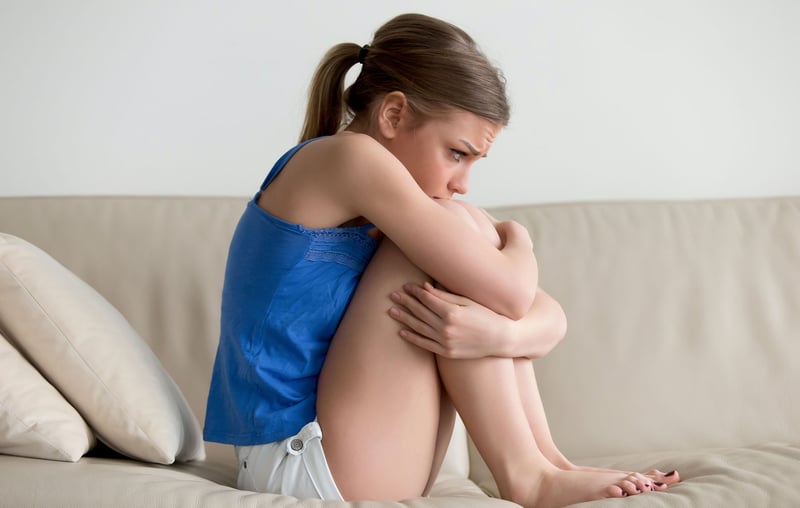
Talking with kids when they are anxious can be hard work for parents and teachers. Sometimes just one word out of place or spoken with the wrong tone of voice can get a child’s back up, upset them or make them uncooperative.
Here are some common errors and what to say instead:
1. “Build a bridge and get over it!”
The “Come on. Get on with it” approach works with some kids some of the time. We often say this in exasperation. However, if a child is genuinely anxious about a coming event or going into a new situation, or is worried about a looming change, then they need someone to understand their worries and fears. “Ahh! I can see you are worried about this” is a far more effective response.
2. “This is not worth worrying about. Stop being so silly!”
Similarly, not taking a child’s fears seriously or, even worse, making light of them, just doesn’t help. Kids need to know somebody understands how they feel.
3. "It'll be right in the morning"
The ‘get a good night’s sleep’ approach has some merit, particularly when a child is catastrophising or continually revisiting the same worries. Sometimes a child’s worries do seem better after a good night’s sleep. However, to children who genuinely experience anxiety a new day simply offers a new opportunity for feeling overwhelmed by worry and anxiousness. The source of the anxiety needs to be recognised and strategies created for management.
4. "Calm down, will you!"
Anxiety can often show itself through high emotion and distress. The natural reaction of many well-meaning adults is to quietly ask an emotional child to calm down. However, a distraught child is likely to misinterpret your calmness for not caring. Often adult calmness in the face of a child’s upset just leads to more emotional outburst. Better to match your level of intensity with your child’s level of emotion and talk them down. Saying, “Yep, I can see you’re upset. That’s understandable.” at the same intensity and volume that your child uses is likely to be far more effective in bringing down his or her emotions.
5. "Oh! That is horrible!"
It’s easy for a parent or teacher to take on a child’s anxieties and worries as their own. You can become just as emotional as the child, particularly if an injustice has occurred. Better to take a breath, stand back and be as objective as possible rather than be drawn into the vortex of a child or young person’s worries.
6. “You should be worried about that!”
Sometimes we can feed children’s anxieties and worries or even create worries that aren’t there. Be careful not to foist your own anxieties and fears on children and young people.
7. “Stop being so naughty. Behave yourself.”
Many children will act out when they are anxious and nervous so it’s quite natural to focus on their poor behaviour without thinking about the reasons behind that behaviour. When you know the triggers for your child’s anxiety then you are better placed to recognise anxiousness and respond appropriately.
Parents and teachers are in the best positions to support children and young people when they are anxious. Support starts by recognising anxiety in children and knowing how to respond appropriately so they know that you are taking them seriously and that you can support them both emotionally and practically to achieve what’s important to them.
This article was reproduced with kind permission from Parenting Ideas.










